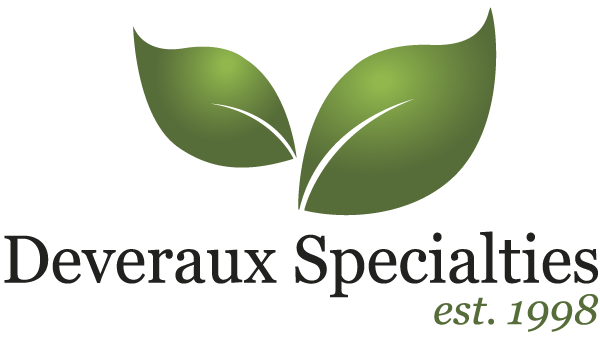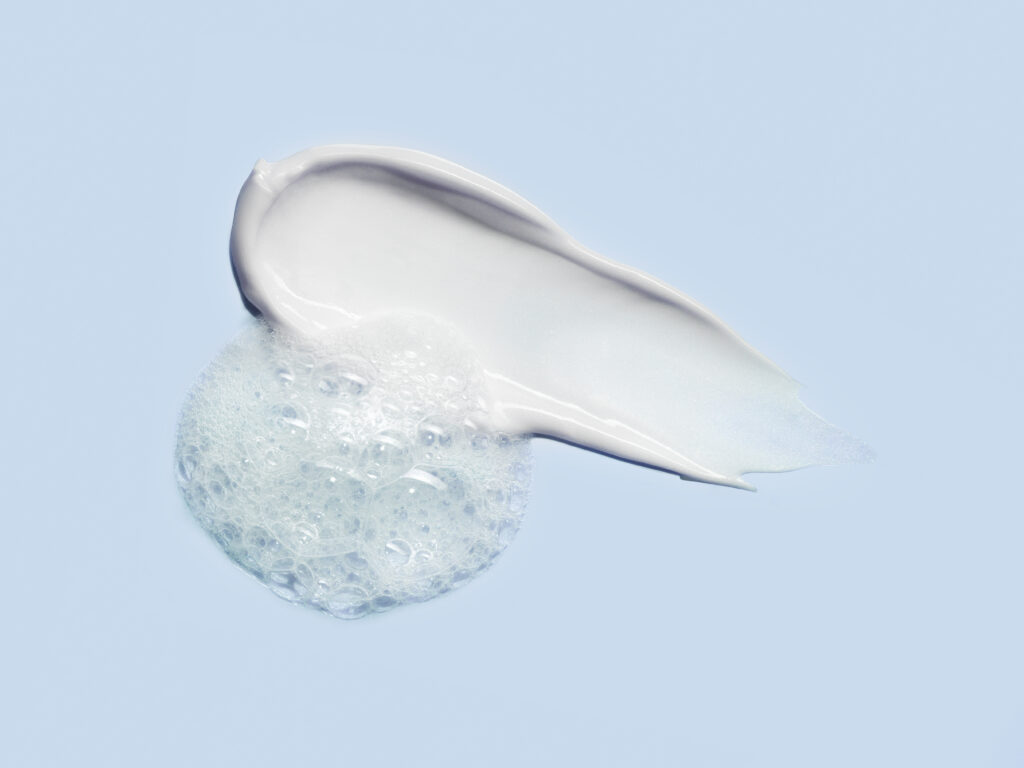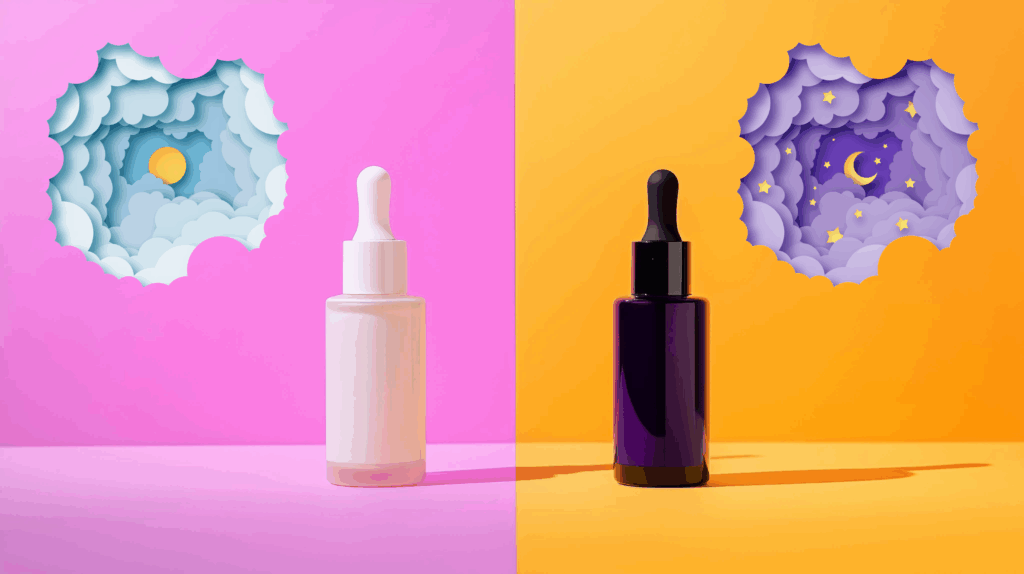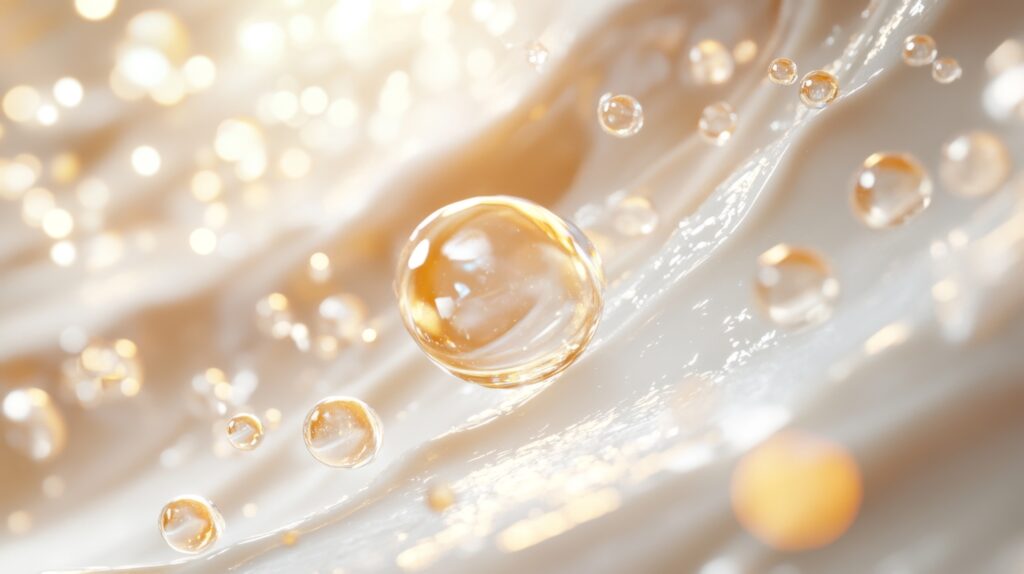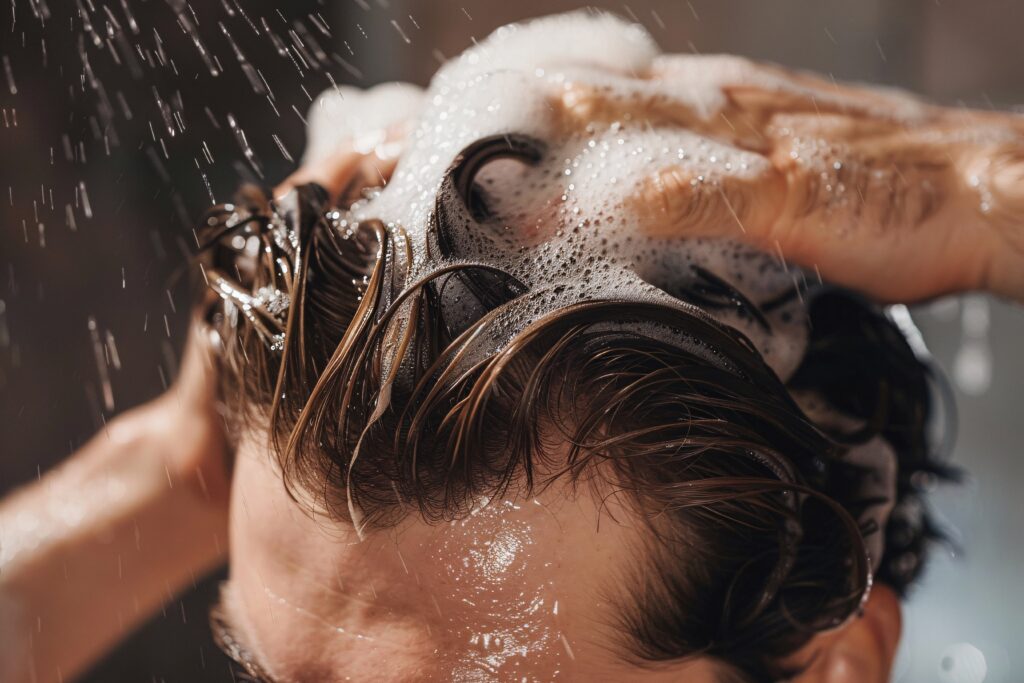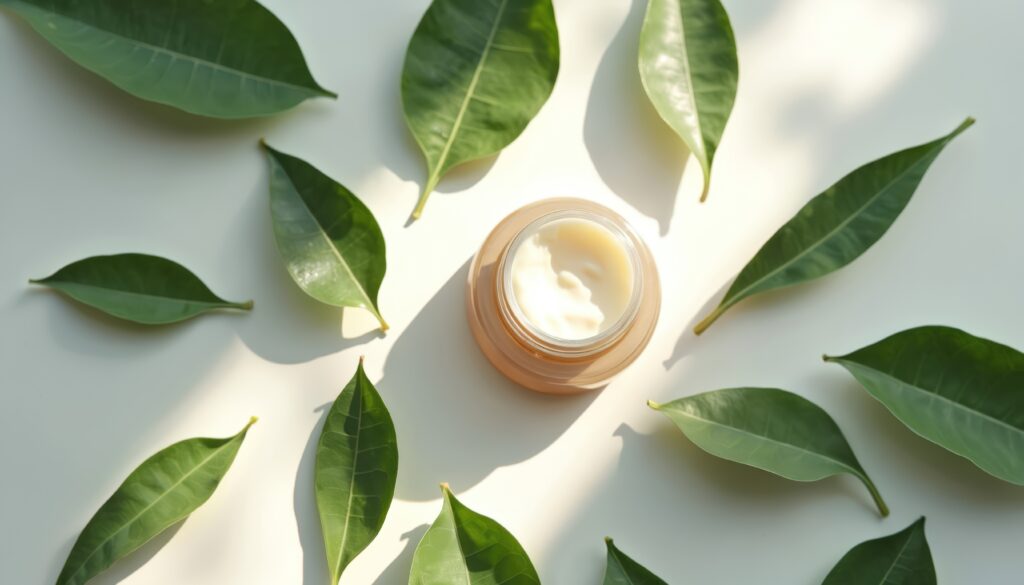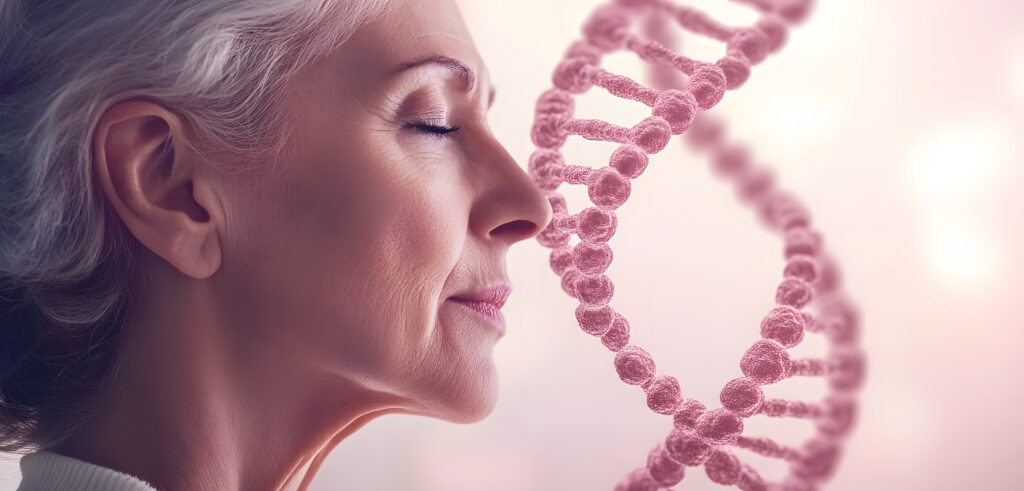In professional haircare, the demand for stronger, healthier hair has never been more urgent—or more technically challenging. Salon patrons are seeking not just surface-level shine or softness, but true structural repair: products that help hair resist breakage, bounce back from damage, and maintain integrity after coloring, bleaching, heat styling, and daily environmental stressors.
Yet the technologies that once satisfied these demands are now showing their limitations. Traditional conditioning agents or surface treatments can only do so much. Meanwhile, the rise of minimalist formulations, clean label preferences, and microbiome-conscious development is forcing formulators to look deeper—literally—into the hair shaft for solutions.
The next evolution in this space is already underway. And it’s being driven by biotech.
Hair Is Under Pressure
Haircare product developers are increasingly caught between performance expectations and formulation restrictions. Consumers want long-lasting, visible results—especially when it comes to repairing damage from chemical processes or mechanical wear. But they also want clean, transparent formulas without controversial ingredients, heavy film formers, or synthetic additives.
Formulators, meanwhile, are up against structural limits. Hair is biologically complex. Once damage occurs to the cortex or cuticle, it’s difficult to reverse with traditional conditioners or emollients. Bond-building technology has helped bridge that gap, but many of these systems come with drawbacks: they may rely on reactive chemistries, be unstable in formulation, or require specific pH conditions to be effective.
According to a 2023 analysis in Cosmetics & Toiletries, consumer hair damage complaints have risen sharply post-pandemic, with increasing numbers citing frizz, brittleness, and breakage after at-home coloring or styling routines [1]. And with hair trends in 2025 favoring high-volume blowouts, precision bobs, and chemically lightened tones, the structural stress on hair is only intensifying. The result? Cosmetic formulators need active technologies that can truly fortify the fiber from within—and do so in a stable, formulation-friendly way.
The Science Behind Functional Biotech Ingredients
Enter the next generation of biotech actives—designed not to coat or mask damage, but to mimic, support, and rebuild the natural structure of hair. These materials are rooted in biological understanding and precision-engineered to work with the hair’s intrinsic chemistry.
Unlike traditional bond builders that focus on a single mechanism of action (typically disulfide bridge reformation), biotech repair actives are designed to support multiple structural pathways. Some may mimic keratin-associated peptides to align with hair’s protein matrix. Others use biotechnologically fermented or enzymatically activated molecules that penetrate the cortex and interact with the alpha-helical proteins. Still others use small-molecule analogues that support hydrogen bonding or ionic reinforcement between fiber layers.
The benefit of this approach is multifold: not only are these actives more targeted and efficacious at lower concentrations, but they are also better aligned with modern formulation principles. Many are water-soluble, stable across pH ranges, compatible with sulfate-free or low-foam systems, and deliver visible performance without reliance on silicones or synthetic polymers.
Biotech doesn’t just replicate what nature does—it enhances it. For formulators, this opens the door to crafting damage-repair solutions that meet both the emotional and functional expectations of today’s salon customers.
Technical and Performance Insights: What the Data Shows
Multiple studies now support the efficacy of biotech-derived actives in restoring hair strength and integrity. One study published in the International Journal of Cosmetic Science demonstrated that bioengineered peptides modeled after human keratin significantly improved tensile strength and reduced hair breakage by up to 40% after four wash cycles [3].
In a separate study published in the Journal of Cosmetic Dermatology, fermented oligosaccharides were shown to increase hydration and reduce fiber friction—two key factors in preventing further damage during combing and styling [5].
Moreover, biotechnology is enabling greater ingredient traceability and purity. Biotech actives produced via microbial fermentation or enzyme catalysis avoid the batch-to-batch variability of traditional animal- or plant-derived keratins. This ensures consistency in efficacy while also meeting clean beauty standards such as vegan, GMO-free, and sustainably sourced.
Another important point: these ingredients often function at lower concentrations, reducing the need for high-load formulas and simplifying INCI declarations. That makes them particularly useful for formulators targeting sensitive scalp care, minimalist styling systems, or clean-label deep treatments—three segments seeing strong growth across professional and retail haircare.
In short, the science backs the performance—and the formulation benefits are real.
Rebuilding Haircare with Better Science
Bond builders helped usher in a new era of hair repair. But the next chapter demands more: more precision, more biological compatibility, and more flexibility for the formulator.
Biotech-derived actives represent that evolution—scientifically validated, high-performance ingredients designed to rebuild hair from the inside out, while respecting the formulation constraints of today’s clean and professional markets.
At Deveraux Specialties, we’re committed to supporting innovation at every step. Whether you’re formulating for frizz-prone bobs, bleached blondes, or blowout addicts, our portfolio of biotech-powered ingredients gives you the tools to deliver real repair with lasting impact.
Ready to explore the next generation of hair repair?
Let’s talk about how our biotech solutions can strengthen your formulations—without compromise. Contact us today for technical data, formulation support, or sample requests.
Kerashaft ALAB
Kerashaft Q
Kerashaft V
BGT™ Hair-KPro-L
BGT™ Hair-KPro-P
BGT™ BT-P1
BGT™ Co-Tri-P1
Redensyl™
SeaRenew™
Akosky™ Azuki
BioMic™ Fermentate
BGT™ DLG
BGT™ DOLGS
CutiBiome CLR™
HydrActive™ Almond Oil
Olivoil Fruttoside BAS
ProBioBalance CLR™
ProRenew Complex CLR™
SyriCalm™ CLR (PC)
DL HA Plus
MultiMoist CLR™
ResistHyal™
- Cosmetics & Toiletries. “Damage Control: Surveying Post-Pandemic Hair Health Trends.” Allured Business Media. 2023. https://www.cosmeticsandtoiletries.com/news/companies/news/22910023/damage-control-surveying-postpandemic-hair-health-trends
- Sinclair, R.D. “Healthy Hair—What Is It?” Australas J Dermatol. 2007. https://doi.org/10.1111/j.1440-0960.2007.00366.x
- Suzuki, Y. et al. “Evaluation of Bioengineered Keratin Peptides for Hair Strengthening.” Int J Cosmet Sci. 2022. https://onlinelibrary.wiley.com/doi/10.1111/ics.12781
- Robbins, C.R. Chemical and Physical Behavior of Human Hair. Springer, 5th Ed. 2012. https://link.springer.com/book/10.1007/978-3-642-25611-0
- Marson, L. et al. “The Role of Fermented Oligosaccharides in Hair Hydration and Manageability.” Journal of Cosmetic Dermatology. 2021. https://onlinelibrary.wiley.com/doi/10.1111/jocd.14406
- Mintel. “Tackle Scalp Concerns with a Microbiome Approach.” April 2018. https://www.mintel.com
